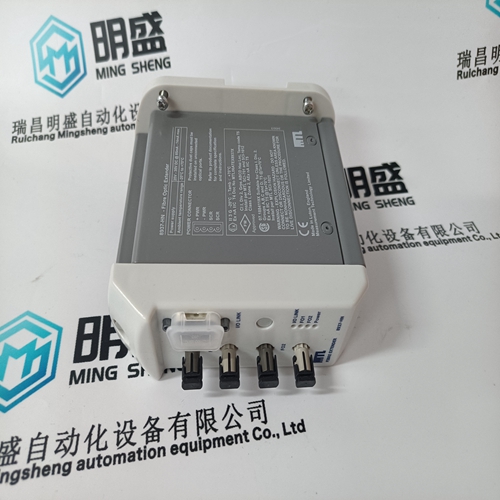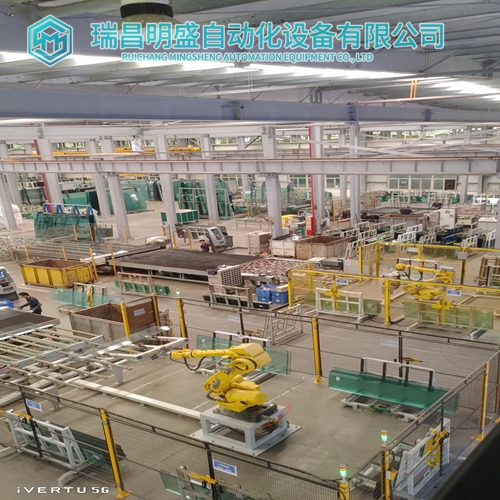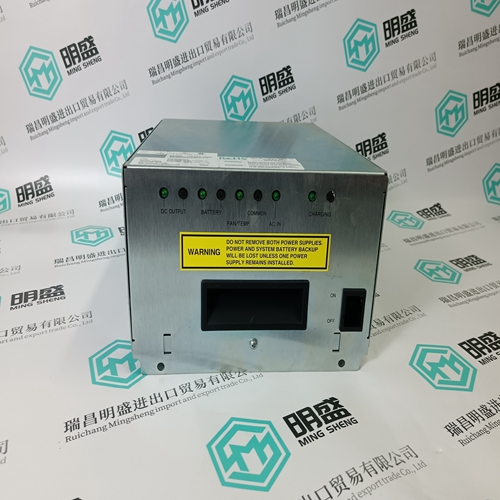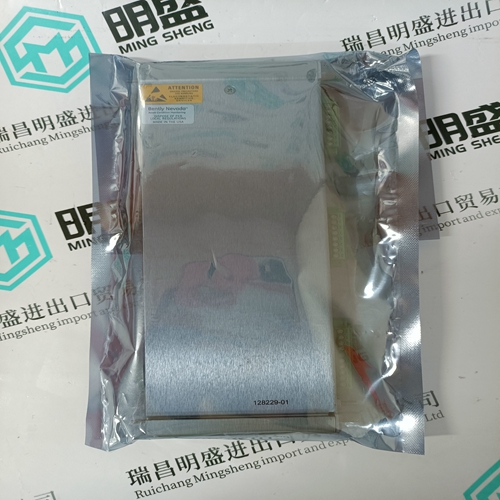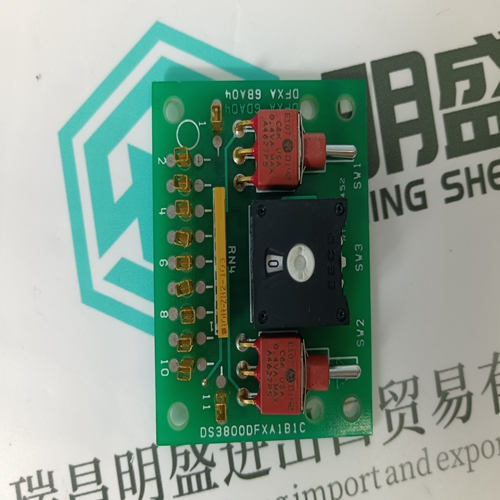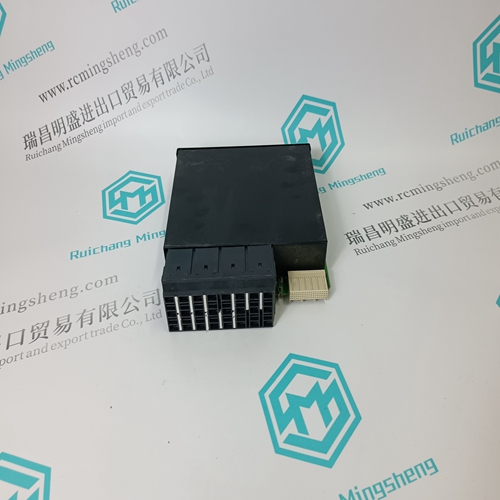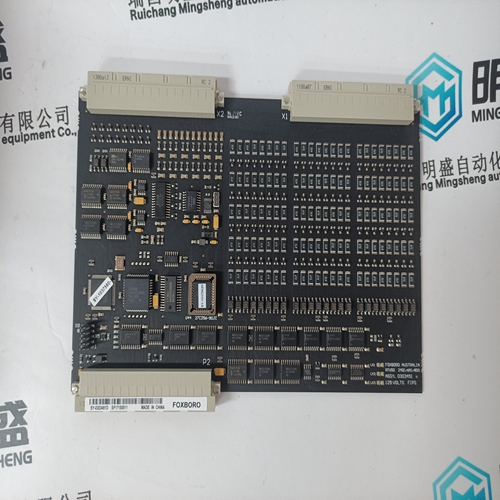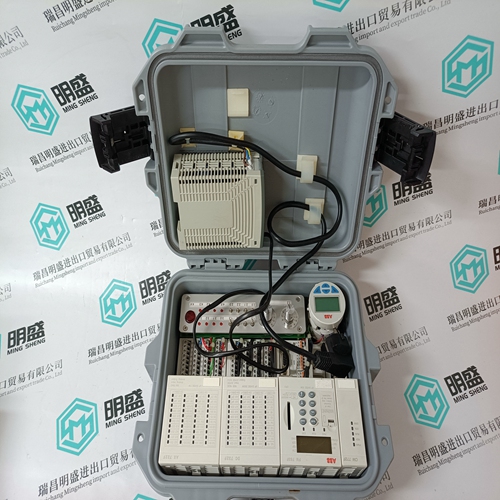Home > Product > Robot control system > MTL 8937-HN Industrial control CARDS
MTL 8937-HN Industrial control CARDS
- Product ID: 8937-HN
- Brand: MTL
- Place of origin: the United States
- Goods status: new/used
- Delivery date: stock
- The quality assurance period: 365 days
- Phone/WhatsApp/WeChat:+86 15270269218
- Email:xiamen2018@foxmail.com
- Tags:MTL 8937-HNIndustrial control CARDS
- Get the latest price:Click to consult
The main products
Spare parts spare parts, the DCS control system of PLC system and the robot system spare parts,
Brand advantage: Allen Bradley, BentlyNevada, ABB, Emerson Ovation, Honeywell DCS, Rockwell ICS Triplex, FOXBORO, Schneider PLC, GE Fanuc, Motorola, HIMA, TRICONEX, Prosoft etc. Various kinds of imported industrial parts
Products are widely used in metallurgy, petroleum, glass, aluminum manufacturing, petrochemical industry, coal mine, papermaking, printing, textile printing and dyeing, machinery, electronics, automobile manufacturing, tobacco, plastics machinery, electric power, water conservancy, water treatment/environmental protection, municipal engineering, boiler heating, energy, power transmission and distribution and so on.
MTL 8937-HN Industrial control CARDS
Once the frequency of the phase AN or AB voltage (depending on wye or delta connection) falls below the underfrequency pickup level, a trip or alarm will occur. APPLICATION: This feature may be useful for load shedding applications on large motors. It could also be used to load shed an entire feeder if the trip was assigned to an upstream breaker. Underfrequency can also be used to detect loss of power to a synchronous motor. Due to motor generation, sustained voltage may prevent quick detection of power loss. Therefore, to quickly detect the loss of system power, the decaying frequency of the generated voltage as the motor slows can be used. The Underfrequency element is not active when the motor is stopped.
Once the frequency of the phase AN or AB voltage (depending on wye or delta connection) rises above the overfrequency pickup level, a trip or alarm will occur. APPLICATION: This feature may be useful for load shedding applications on large motors. It could also be used to load shed an entire feeder if the trip was assigned to an upstream breaker. The Overfrequency element is not active when the motor is stopped.
These protective elements rely
on CTs and VTs being installed and setpoints programmed. The power elements are only shown if the 369 has option M or B installed. By convention, an induction motor consumes Watts and vars. This condition is displayed on the 369 as +Watts and +vars. A synchronous motor can consume Watts and vars or consume Watts and generate vars. These conditions are displayed on the 369 as +Watts, +vars, and +Watts, –vars respectively.
If the 369 is applied on a synchronous motor, it is desirable not to trip or alarm on power factor until the field has been applied. Therefore, this feature can be blocked until the motor comes up to speed and the field is applied. From that point forward, the power factor trip and alarm elements will be active. Once the power factor is less than the lead level, for the specified delay, a trip or alarm will occur indicating a lead condition. The lead power factor alarm can be used to detect over-excitation or loss of load
If the 369 is applied on a synchronous motor
it is desirable not to trip or alarm on power factor until the field has been applied. Therefore, this feature can be blocked until the motor comes up to speed and the field is applied. From that point forward, the power factor trip and alarm elements will be active. Once the power factor is less than the lag level, for the specified delay, a trip or alarm will occur indicating lag condition. The power factor alarm can be used to detect loss of excitation and out of step for a synchronous motor.
When using the 369 on a synchronous motor, it is desirable not to trip or alarm on kvar until the field has been applied. As such, this feature can be blocked until the motor comes up to speed and the field is applied. From that point forward, the kvar trip and alarm elements will be active. Once the kvar level exceeds the negative level for the specified delay, a trip or alarm occurs, indicating a negative kvar condition. The reactive power alarm can be used to detect overexcitation or loss of load.
